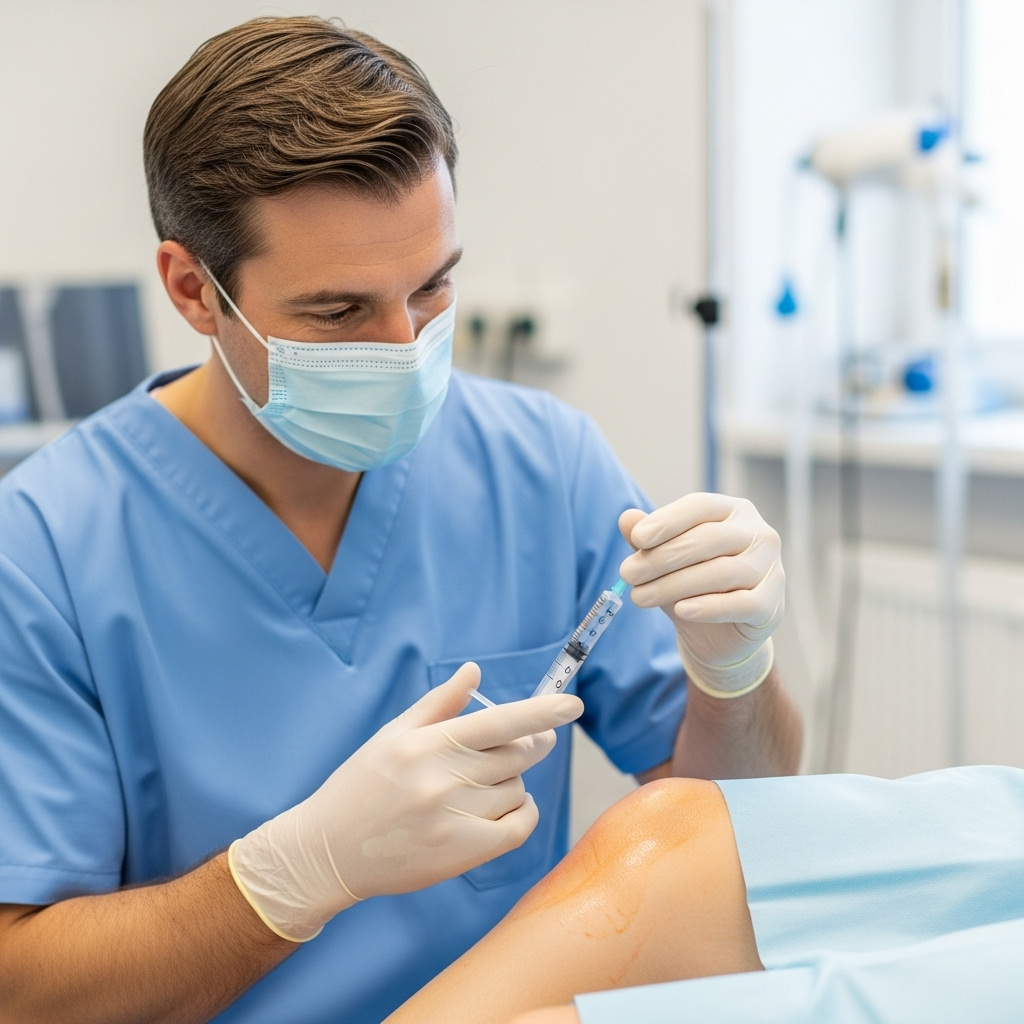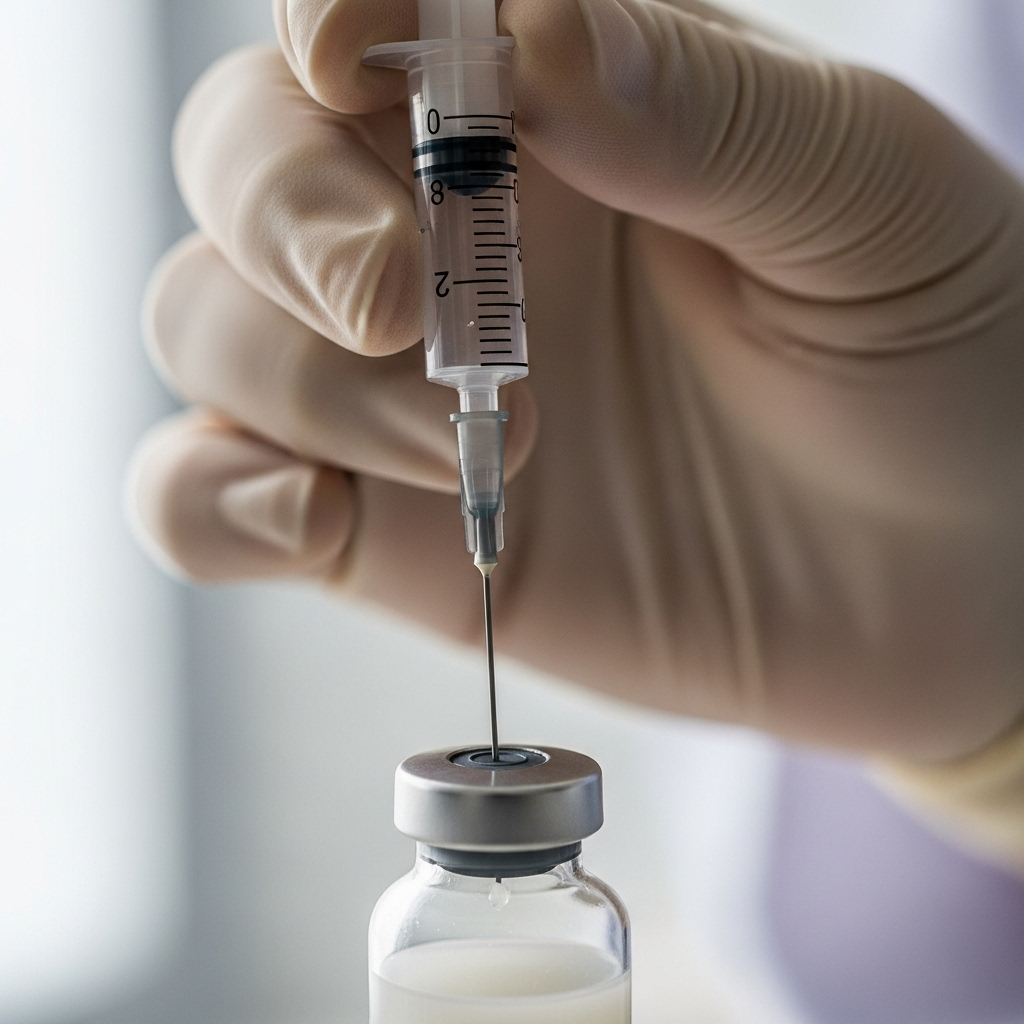Frequently Asked Questions
Your Questions Answered
A steroid (cortisone) injection is a treatment that delivers anti-inflammatory medicine directly into a joint, tendon, or soft tissue. It reduces swelling and irritation, helping to relieve pain and restore movement.
Yes. Cortisone is a type of corticosteroid. The terms “steroid injection” and “cortisone injection” are often used to mean the same thing.
They are commonly used for: arthritis, frozen shoulder, tennis elbow, carpal tunnel syndrome, trigger finger, bursitis, plantar fasciitis, and tendon inflammation.
Relief usually starts within a few days, although it may take up to 1–2 weeks for the full effect.
Pain relief can last from several weeks to several months, depending on the condition being treated and how your body responds.
Most patients describe the injection as mildly uncomfortable rather than painful. A local anaesthetic is often used to make the procedure more comfortable.
Most people can safely have up to 3–4 injections per year in the same area, but this depends on the joint and your individual circumstances. Your doctor will guide you.
Not always. Many injections — such as for the shoulder, knee, elbow, wrist, and foot — can be safely and effectively performed without ultrasound, using a precise landmark-guided technique. Some deeper joints, like the hip, usually require ultrasound or hospital-based treatment.
Yes, but this will depend if your GP offers this service and the waiting times in your GP surgery. Waiting times for GP are often several weeks for non-urgent problems and several months for hospital appointments. Private treatment gives you fast access and a wider range of options.
Steroid injections are generally very safe when given by an experienced doctor. Possible side effects include temporary pain or swelling at the injection site, skin thinning or colour change, or raised blood sugar for a short time in diabetic patients. Serious complications, such as infection or tendon damage, are rare.
You should avoid strenuous activity or heavy exercise involving the treated joint for the first 24–48 hours. Most people can return to normal daily activities the same day.



